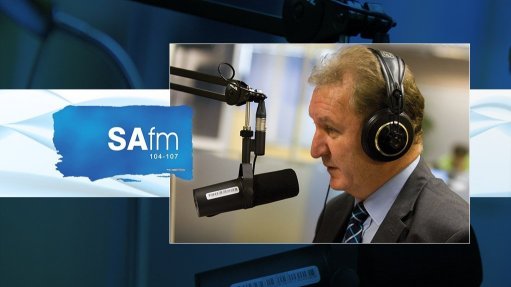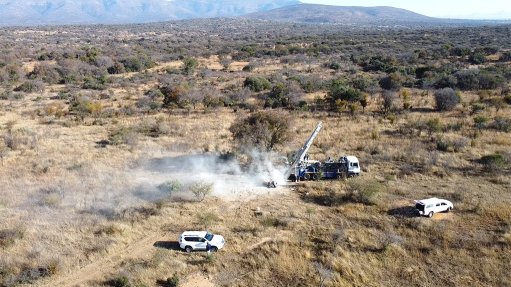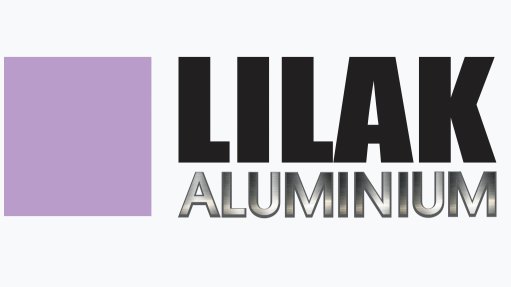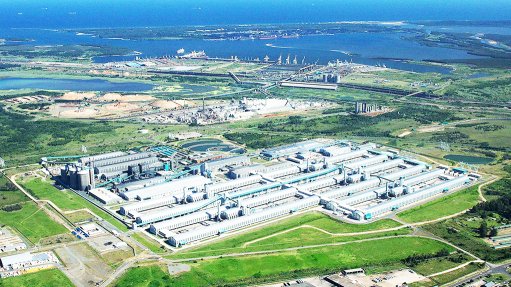From disruption to resilience: Powering Nigeria’s future through strategic global partnerships
This article has been supplied.
By: Uche Nnadi - Channel & Distribution Leader, West Africa, Secure Power at Schneider Electric
Nigeria and other parts of West Africa are grappling with a critical shortage of skilled professionals in the power sector, particularly in technical roles essential for designing, implementing and maintaining power quality and assurance solutions within organisations.
A pressing challenge in the region is brain drain, as economic mobility drives skilled professionals abroad, particularly to Europe and the United States. This trend affects the availability and diversity of skills within the local ecosystem.
The gap between the skills demanded by industry and those held by the workforce. The job landscape has changed dramatically in the past two decades, with roles like software developers and data engineers now essential. However, education systems have not adapted to these shifts.
As a result, in Nigeria and much of West Africa, power disruption is no longer an exception but the norm. Each outage triggers a chain reaction: machinery stalls, productivity drops and operating costs rise. What begins as a technical fault quickly becomes a business risk.
Industries reliant on continuous operations face immediate setbacks as equipment shuts down abruptly, leading to reduced output and efficiency. In response, organisations invest in backup power, such as generators, solar systems, driving up costs and straining margins.
Lost revenue and reputational risk
For sectors like financial services, downtime is especially costly. Real-time transactions depend on uninterrupted access, and every second offline translates into lost revenue and reputational risk.
The impact extends beyond individual businesses. Supply chains falter, logistics are delayed, and partners feel the strain. Meanwhile, frequent power fluctuations accelerate equipment wear, leading to breakdowns and expensive repairs.
This persistent instability demands more than stopgap solutions. It calls for systemic investment in power quality, infrastructure resilience and predictive maintenance, shifting the narrative from disruption by default to reliability by design.
In a landscape of outages and disruptions, Original Equipment Manufacturers (OEMs) like Schneider Electric play a crucial role by providing equipment that addresses power quality challenges such as surges, sags, frequency fluctuations, and disturbances from transmission lines.
This is not just about responding to disruptions but engineering reliability, and empowering organisations with the tools to maintain continuity, reduce downtime and operate with confidence in even the most volatile power environments.
From an OEM perspective, a channel strategy offers several strategic advantages. First, it reduces operational risk by limiting direct exposure in complex and volatile markets. Second, it dramatically expands their footprint as partners are embedded across industries such as consumer goods, financial services, oil and energy and chemicals, enabling OEMs to penetrate segments that would be difficult to access directly.
Network of trusted partners
Schneider Electric’s channel strategy is built on an indirect go-to-market approach that leverages a network of trusted partners, distributors and system integrators to engage end users across diverse sectors. We empower our channel ecosystem to represent our technology, extend our reach and deepen our market presence.
For local partners, the relationship with OEMs is a gateway to specialised skills, technical expertise and exclusive tools. Through training and knowledge transfer, they are equipped to deliver high-quality solutions with confidence.
This partnership also boosts their credibility and visibility as being aligned with a global OEM enhances trust with customers, helping partners attract new business and showcase their professionalism.
Beyond market reach, a channel strategy drives job creation and economic development. While an OEM may directly employ 200 staff in Nigeria, its partner ecosystem multiplies that impact, creating roles in HR, sales, technical support and distribution across local businesses.
These partners, empowered by technology and training, stimulate commercial activity and unlock specialised expertise that might otherwise be inaccessible locally. This not only boosts productivity but also strengthens the broader economy.
By extension, the ripple effect contributes to GDP growth, positioning the channel model as a driver of national development. Ultimately, it is a win-win: partners grow, customers benefit, and the country thrives.
Article Enquiry
Email Article
Save Article
Feedback
To advertise email advertising@creamermedia.co.za or click here
Press Office
Announcements
What's On
Subscribe to improve your user experience...
Option 1 (equivalent of R125 a month):
Receive a weekly copy of Creamer Media's Engineering News & Mining Weekly magazine
(print copy for those in South Africa and e-magazine for those outside of South Africa)
Receive daily email newsletters
Access to full search results
Access archive of magazine back copies
Access to Projects in Progress
Access to ONE Research Report of your choice in PDF format
Option 2 (equivalent of R375 a month):
All benefits from Option 1
PLUS
Access to Creamer Media's Research Channel Africa for ALL Research Reports, in PDF format, on various industrial and mining sectors
including Electricity; Water; Energy Transition; Hydrogen; Roads, Rail and Ports; Coal; Gold; Platinum; Battery Metals; etc.
Already a subscriber?
Forgotten your password?
Receive weekly copy of Creamer Media's Engineering News & Mining Weekly magazine (print copy for those in South Africa and e-magazine for those outside of South Africa)
➕
Recieve daily email newsletters
➕
Access to full search results
➕
Access archive of magazine back copies
➕
Access to Projects in Progress
➕
Access to ONE Research Report of your choice in PDF format
RESEARCH CHANNEL AFRICA
R4500 (equivalent of R375 a month)
SUBSCRIBEAll benefits from Option 1
➕
Access to Creamer Media's Research Channel Africa for ALL Research Reports on various industrial and mining sectors, in PDF format, including on:
Electricity
➕
Water
➕
Energy Transition
➕
Hydrogen
➕
Roads, Rail and Ports
➕
Coal
➕
Gold
➕
Platinum
➕
Battery Metals
➕
etc.
Receive all benefits from Option 1 or Option 2 delivered to numerous people at your company
➕
Multiple User names and Passwords for simultaneous log-ins
➕
Intranet integration access to all in your organisation



















